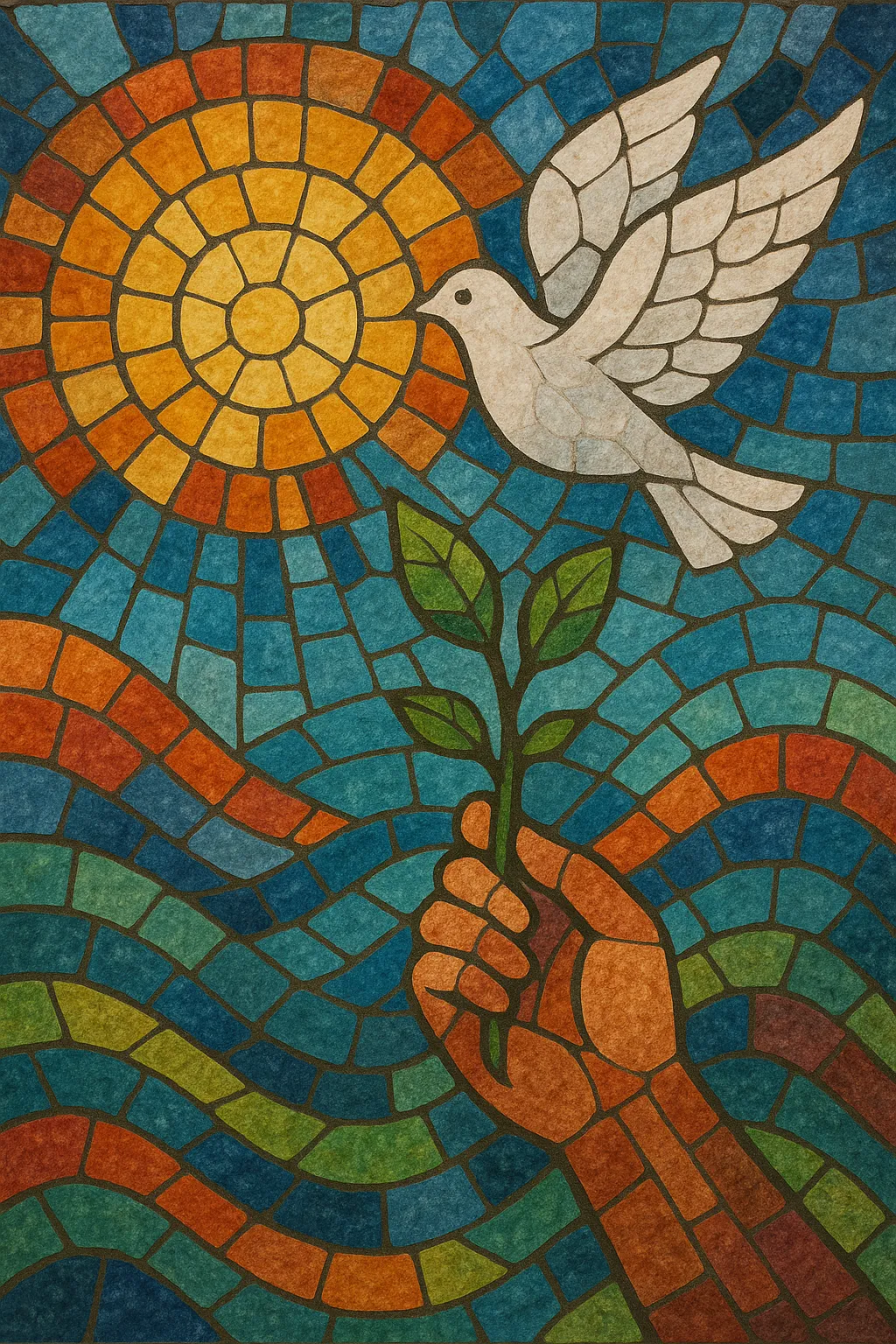Hopepunk is a contemporary pop/indie aesthetic and genre label that treats optimism, care, and collective action as acts of defiance. Instead of cynicism or nihilism, it centers clear-eyed hope, mutual aid, and resilience in the face of adversity.
Musically, hopepunk leans on warm, luminous palettes—shimmering synths, jangly or clean guitars, spacious pads, and chantable, anthemic choruses. Mid‑tempo grooves, major keys with tasteful modal color, stacked harmonies, and dynamic builds support lyrics about community, empathy, and perseverance. The result is music that feels emotionally honest yet energizing, inviting listeners to imagine and participate in better futures.
Hopepunk emerged in the late 2010s as a cultural response to pervasive cynicism. Coined as a literary/aesthetic term, its ethos quickly resonated in music: songs that acknowledge hardship while insisting on solidarity, care, and constructive action. Streaming culture and social media helped the label coalesce as listeners gravitated toward uplifting, community‑minded pop and indie.
The term “hopepunk” gained traction around 2017, primarily in online discourse, and soon migrated into music journalism and playlists. Sonically, it drew from indie pop, synth‑pop, dream pop, and singer‑songwriter traditions—genres already adept at pairing intimate storytelling with anthemic release. Artists and producers began foregrounding lyrics about mutual aid, kindness, and social justice, framing hope not as naïve, but as deliberate resistance.
As editorial playlists and fan communities adopted the tag, a recognizable sound took shape: glittering synth pads, steady mid‑tempo beats, bright but not saccharine melodies, and big, communal hooks. Thematically, songs embraced empathy, mental health, and inclusive belonging. The studio approach often blended indie authenticity (organic guitars, roomy drums) with modern pop sheen (side‑chained synths, wide vocal stacks), yielding tracks suited to both intimate listening and festival sing‑alongs.
By the 2020s, hopepunk functioned as both a sonic and ethical frame—an umbrella for artists across pop and indie who center constructive optimism. While more an ethos than a rigid formal style, its musical cues are now legible enough to guide production, songwriting, and curation.


